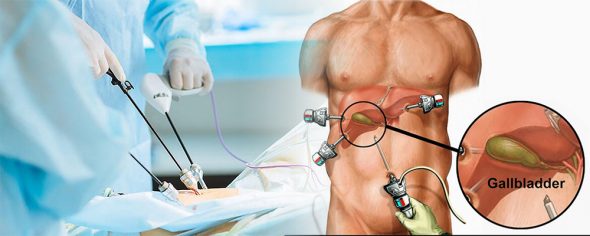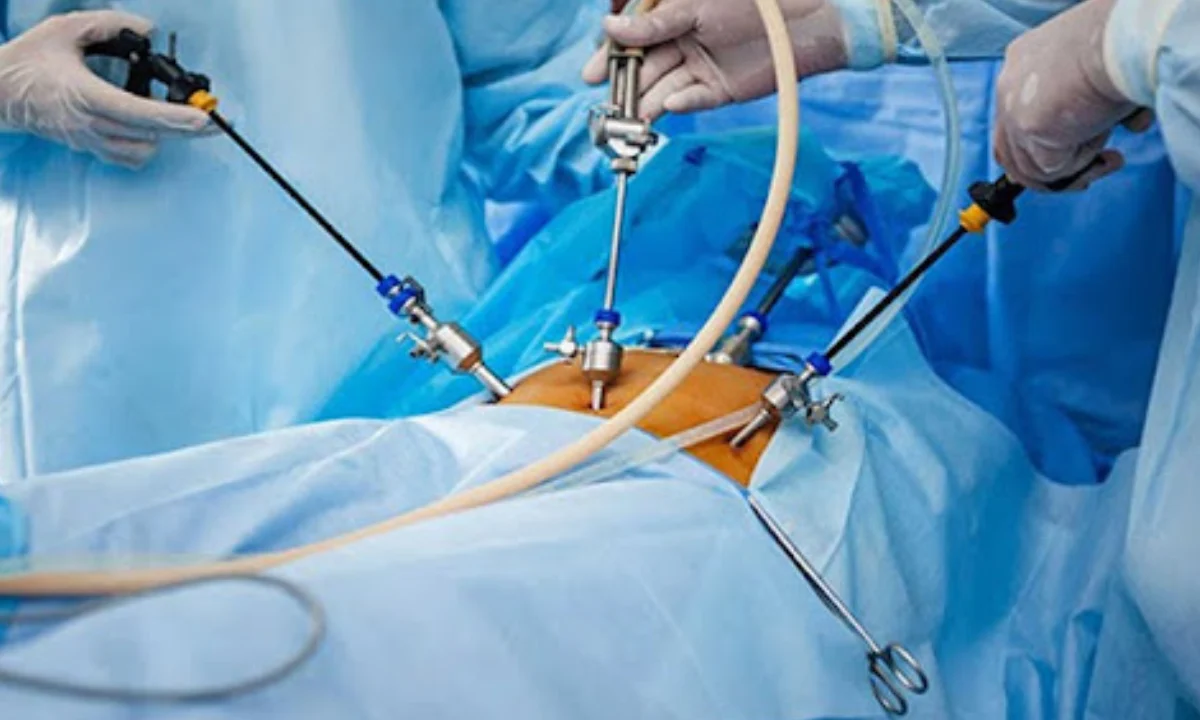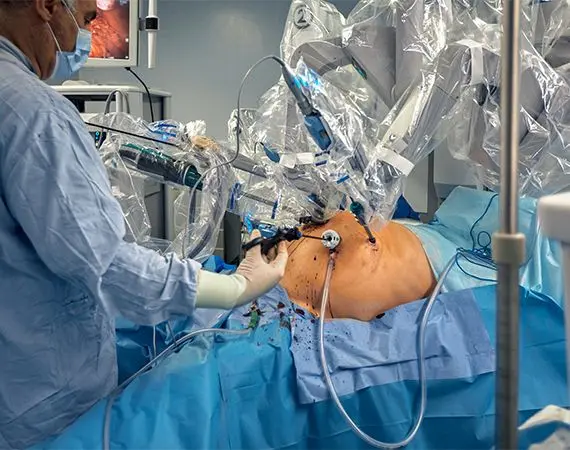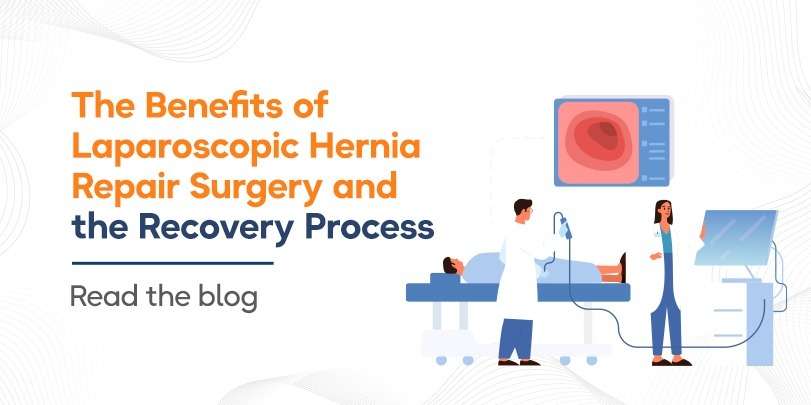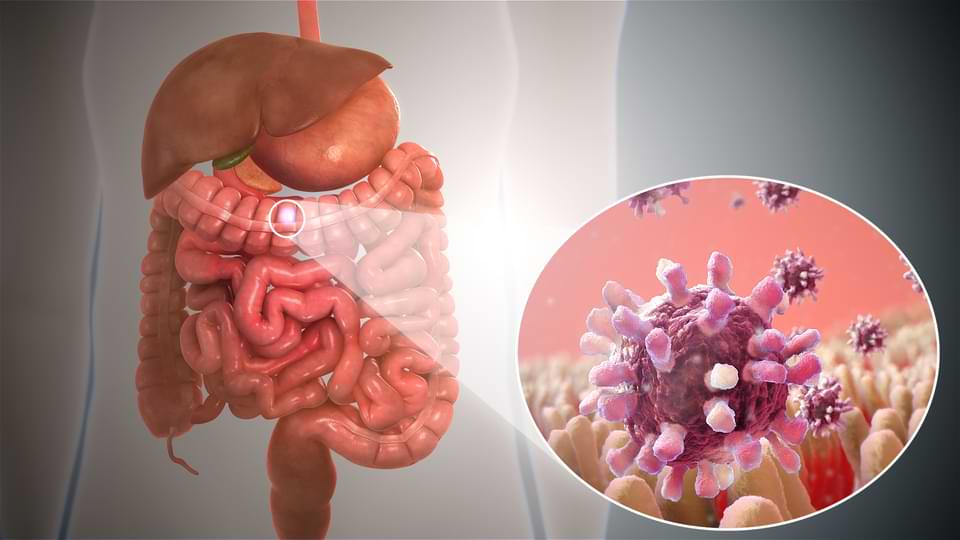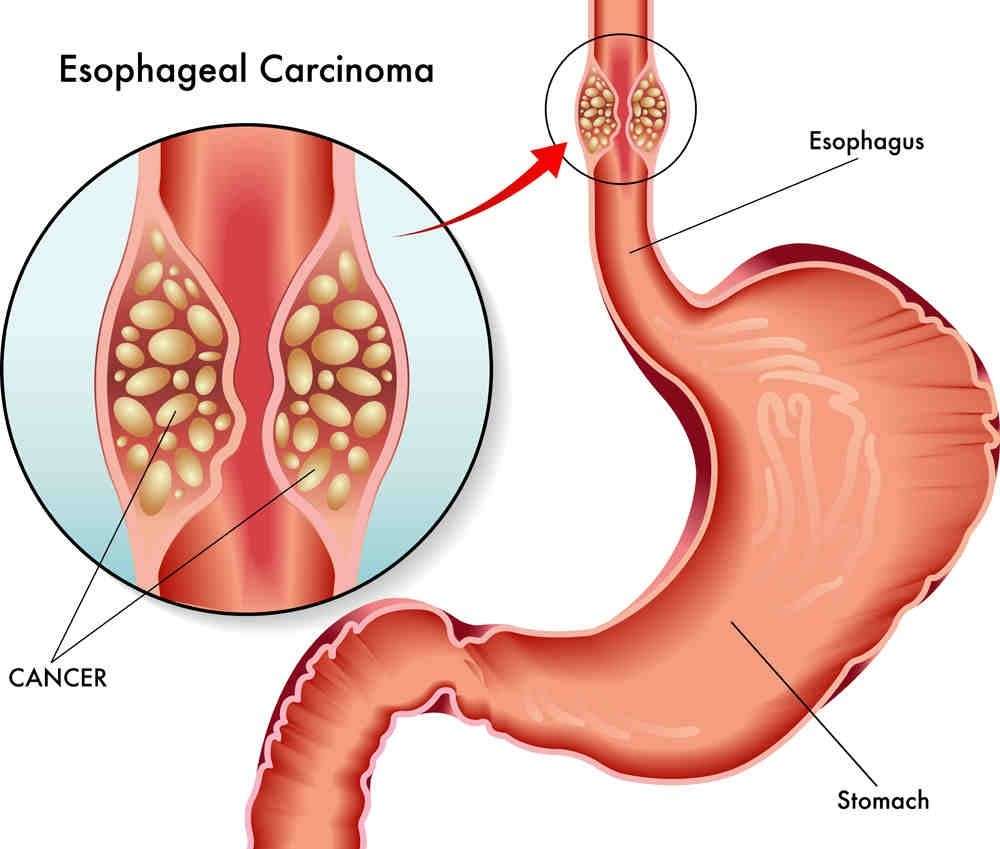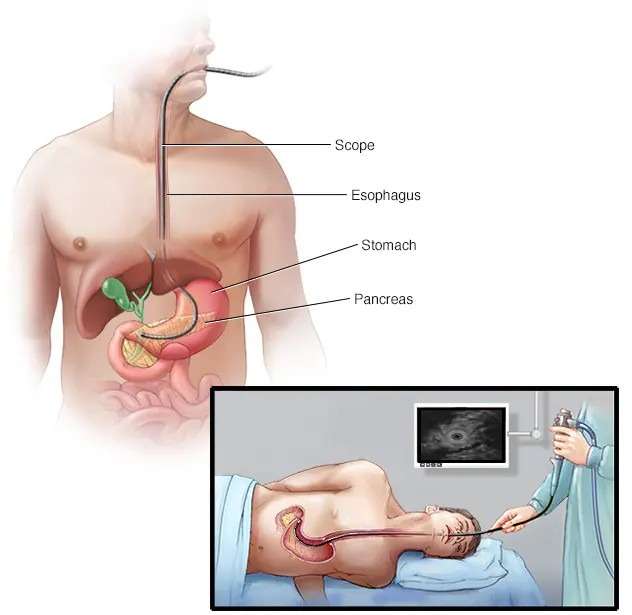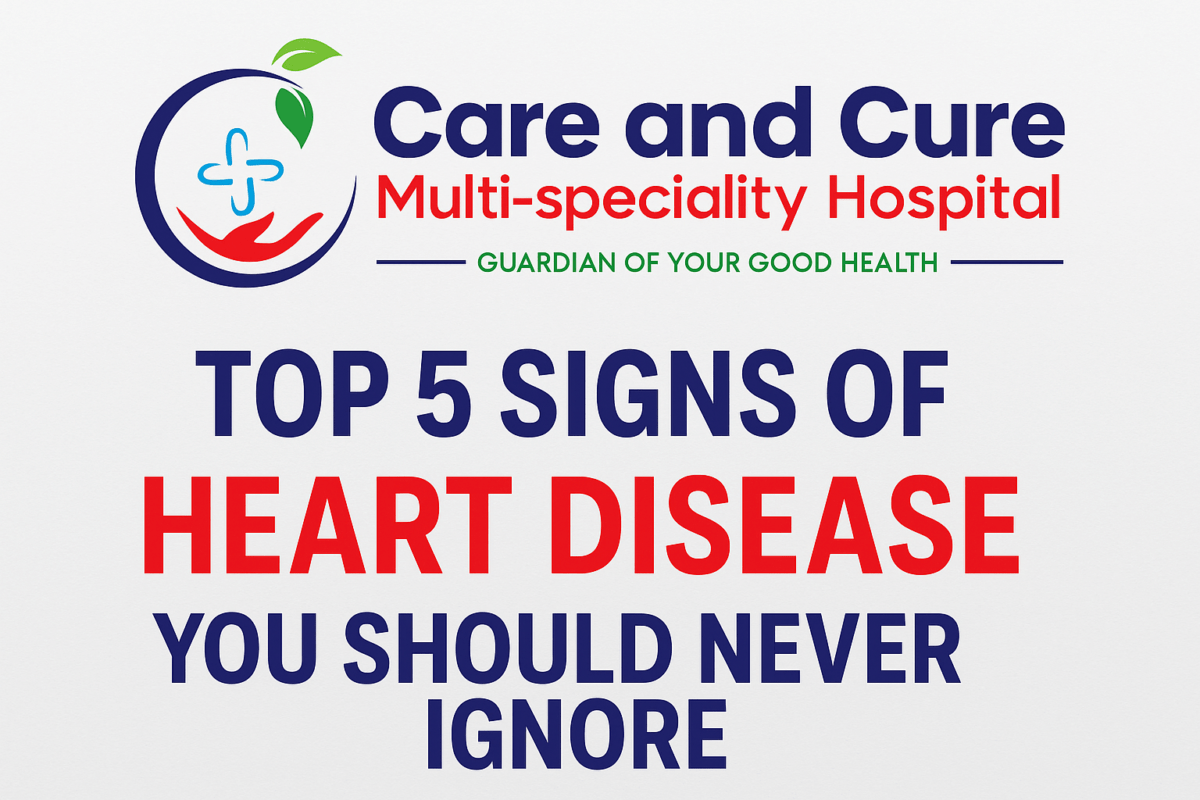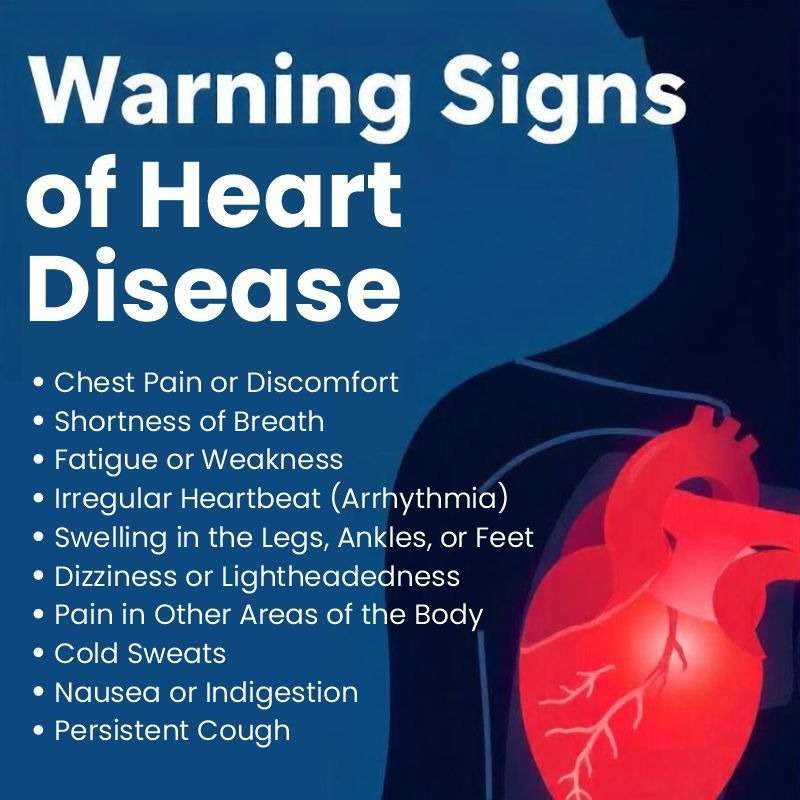Let’s get real. That chest discomfort or random fatigue you’re brushing off? It could be your heart trying to get your attention. Ignoring early signs of heart problems can be a risky move. That’s why seeing a cardiologist isn’t something you should delay.
Your heart works around the clock, and like any high-powered engine, it needs checkups. If you’re in or around Ahmedabad, trusted facilities like Care & Cure Hospital offer comprehensive cardiology care with modern equipment and experienced specialists to keep your heart in check.
Why Cardiologists Matter
Cardiologists specialize in all things heart-related—from identifying hidden issues early to preventing life-threatening conditions. Whether you’re dealing with high blood pressure, palpitations, or unexplained fatigue, a cardiologist provides the expert guidance and treatment you need.
At Care & Cure Hospital, Ahmedabad, patients benefit from multi-disciplinary cardiac care, personalized diagnostics, and compassionate treatment approaches under one roof. It’s not just about managing disease—it’s about preventing it too.
Family History of Heart Disease: Don’t Wait for Symptoms
Heart disease is often called a “silent killer” for a reason—it can progress quietly for years without noticeable symptoms, especially if it runs in your family. If your parents, siblings, or grandparents have a history of heart attacks, high cholesterol, or hypertension, your own risk of developing heart-related conditions increases significantly—even if you currently feel healthy.
A family history of cardiovascular issues may mean you’ve inherited genetic traits that affect how your body handles cholesterol, blood pressure, or inflammation. These risks can be managed, but only if they are identified early. That’s why it’s essential to consult a cardiologist at a multispeciality hospital in Ahmedabad like Care and Cure Hospital—even in the absence of symptoms.
Cardiologists can recommend preventive strategies including:
-
Routine ECGs or stress tests
-
Lipid profile and cholesterol monitoring
-
Blood pressure tracking
-
Lifestyle modifications tailored to your risk profile
-
Genetic testing (if applicable)
Ignoring your family history could mean missing the chance to catch a serious condition early—when it’s easier and more cost-effective to treat. Early consultation with a specialist helps you stay one step ahead and significantly reduces the risk of future cardiac events.
Chest Discomfort, Tightness, or Pain: It’s Not Always Gas
Chest discomfort is one of the most common and alarming symptoms associated with heart issues—but it’s also one of the most misunderstood. Many people dismiss it as gas, acidity, or muscle strain, especially when the pain is mild or short-lived. However, this can be a dangerous assumption.
If you feel a heaviness, tightness, or pressure in your chest—especially if it occurs during physical activity or emotional stress—it could be a sign of angina or even an early warning of a heart attack. The pain may also radiate to your arms, neck, jaw, or back, and might be accompanied by shortness of breath, nausea, or cold sweats.
When these symptoms are present, it’s time to stop guessing and consult an expert immediately. At a trusted multispeciality hospital in Ahmedabad like Care and Cure Hospital, cardiologists can conduct advanced diagnostic tests such as:
-
ECG (Electrocardiogram)
-
2D Echo or stress echo
-
Troponin blood test
-
CT coronary angiogram
Prompt diagnosis and treatment can prevent a life-threatening event. Delaying a visit to the cardiologist may lead to irreversible heart damage or sudden cardiac arrest.
🚨 The 7 Warning Signs That Say “Time to See a Cardiologist”
Let’s dive into the red flags your heart might be waving at you.
1. Chest Pain or Discomfort
What It Feels Like
Pressure, tightness, burning, or even pain in your chest. It might spread to your shoulder, jaw, or arm—especially the left one.
Why You Shouldn’t Ignore It
Chest pain isn’t always a heart attack—but it’s a sign something’s not right. Experts at Care & Cure Hospital’s Cardiology Department recommend getting it checked immediately to rule out conditions like angina, blockage, or myocardial infarction.
2. Shortness of Breath
Even Simple Tasks Feel Hard
If walking up stairs leaves you winded, or you’re breathless while lying down, your heart may not be pumping efficiently.
When to Worry
It could point to congestive heart failure or valve dysfunction. At Care & Cure Hospital, patients can access advanced imaging tools like 2D Echo and Stress Tests to detect such issues early.
3. High Blood Pressure
The Silent Killer
Hypertension creeps in silently and damages blood vessels over time. You won’t feel it—but it’s doing damage daily.
What a Cardiologist Can Do
The hypertension management team at Care & Cure Hospital helps you understand your triggers, monitor levels, and create a custom treatment plan that balances medication and lifestyle.
4. High Cholesterol Levels
It’s Not Just About Diet
You could eat healthy and still have high LDL cholesterol due to genetics.
Long-Term Risks
Unchecked cholesterol builds up and leads to arterial blockage. Cardiologists at Care & Cure Hospital use Lipid Profile Testing and preventive cardiology to help control these numbers before they become dangerous.
5. Heart Palpitations or Irregular Heartbeat
That Weird Fluttering Feeling
That flutter, flip-flop, or rapid heartbeat might feel odd but harmless—until it’s not.
Is It Dangerous?
Sometimes it’s just stress. Other times, it could be arrhythmia or AFib. Care & Cure Hospital offers 24-hour Holter Monitoring and ECG services to capture these irregularities and treat them proactively.
6. Family History of Heart Disease
Genetics Play a Huge Role
If your parents or siblings had early heart disease, you’re at greater risk—even if you feel fine.
Preventive Measures You Can Take
Get evaluated early. Care & Cure Hospital in Ahmedabad provides genetic risk assessment and cardiac screening packages for high-risk individuals. Early action can prevent future emergencies.
7. Diabetes or Pre-Diabetes
Blood Sugar and Heart—What’s the Link?
Diabetes quietly damages blood vessels and nerves that control your heart. That’s why diabetic patients have a higher risk of heart disease.
What a Cardiologist Will Monitor
At Care & Cure Hospital, cardiologists work closely with diabetologists to monitor blood pressure, HbA1c, lipid levels, and cardiac symptoms in diabetic patients.
Bonus: Age Isn’t Just a Number
After age 40, a baseline cardiac checkup is strongly recommended—even if you feel healthy. Care & Cure Hospital offers routine heart health packages tailored by age, risk factors, and lifestyle habits.
Other Reasons You Might Need a Cardiologist
Besides the warning signs above, you should also consult a cardiologist if you:
-
Experience unusual fatigue
-
Have leg swelling or edema
-
Are pregnant with pre-eclampsia or gestational hypertension
-
Are starting a high-intensity workout routine
-
Were told you have a heart murmur
Care & Cure Hospital’s multi-specialty approach means cardiologists, gynecologists, and general physicians work together to ensure holistic care.
What Happens During a Visit to the Cardiologist?
Don’t worry—no needles or surgeries on day one! A first visit usually involves:
-
Reviewing your medical and family history
-
Listening to your heart and lungs
-
Checking your ECG, Echo, or blood reports
-
Designing a custom action plan for prevention or treatment
If you’re in Ahmedabad, Care & Cure Hospital makes this process smooth and stress-free with state-of-the-art facilities, minimal wait times, and patient-first care.
Lifestyle Changes That Help Your Heart
You don’t always need medicine. Sometimes, you just need to:
-
Eat more fruits, veggies, and healthy fats
-
Walk 30 minutes a day
-
Reduce screen time & stress
-
Say no to smoking & excess alcohol
-
Get regular checkups—especially after 40
Care & Cure Hospital also offers diet counseling and cardiac rehab for patients who need support in turning their lifestyle around.
Don’t Wait Until It’s Too Late
Your heart is whispering to you now. Don’t wait until it’s screaming. Early detection saves lives, and regular cardiac care is the best investment in your future health.
If you’re experiencing any of the signs above—or even if you’re not but have risk factors—schedule a check-up at your nearest cardiology clinic. And if you’re in Ahmedabad, make it Care & Cure Hospital. Your heart will thank you later.
Conclusion: Your Heart Deserves Attention
No matter your age, lifestyle, or health status—your heart needs love and attention. Whether it’s a mild symptom or a serious concern, don’t play the waiting game. Visiting a cardiologist early gives you power over your health.
In Ahmedabad, Care & Cure Hospital stands out as a trusted destination for heart care, offering advanced treatments, expert specialists, and compassionate support every step of the way. When it comes to your heart, always choose the best.
FAQs
Q1. Can I visit Care & Cure Hospital without a referral?
Yes! You can directly book an appointment with a cardiologist at Care & Cure Hospital. Walk-ins are also welcome.
Q2. Are the cardiology services at Care & Cure covered by insurance?
Most health insurance plans cover diagnostics and consultations. It’s best to check directly with the hospital’s billing desk or your provider.
Q3. How soon should I see a cardiologist if I feel chest pain?
Immediately. Don’t take chances. Visit an emergency care center or go directly to a facility like Care & Cure Hospital, which is equipped for cardiac emergencies.
Q4. Does Care & Cure offer health packages for preventive heart care?
Yes, they offer preventive packages that include blood tests, ECG, Echo, and specialist consultations tailored to your age and risk profile.
Q5. What makes Care & Cure different from other hospitals in Ahmedabad?
Their combination of modern infrastructure, specialist teams, and patient-centered approach sets them apart. Plus, they’re known for quick diagnostics and ethical treatment.





